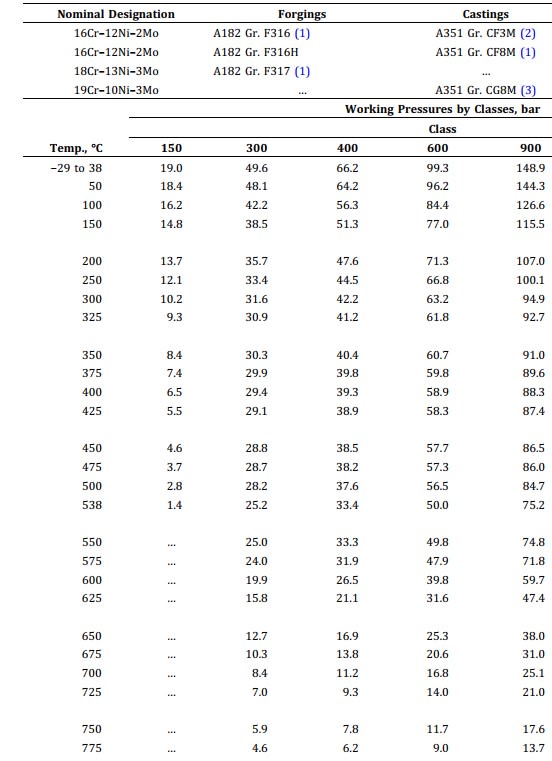Ikramullah Shah
Mechanical
- Jun 5, 2023
- 5
Hi,
I have to select a 12" ball balve for DRI (Directly Reduced Iron) FEED legs, which supply DRI pellets (5 ~ 13 mm size) at 750 Deg. C. for further processing. These legs are connected on the bottom of reduction furnace where DRI is produced. Valve supplier proposes a material of A 351 CF8M for this high temperature. The proposed pressure class is 150 lbs. which has a maximum pressure of 2.8 barg. at this temperature. In our case, DRI is coming from shaft furnace via gravity. The quoted pressure is higher at valve inlet. This pressure is by virtue of static head of DRI column in shaft furnce.Therefore we asked the supllier to use a 300 lbs. valve. However, he is of the view that since this is not a gas or liquid flow, but a solid flow, the concept of leak tightness does not apply. The temperure is met, therefore we can use 150 class. I want to know, what will happen if a higher pressure is encounteded than the maximum rating of a valve flange. Apparaently, only the leak tightness of valve will be compromised,and hot air/vapor associated with hot DRI at 750 C will leak from flange. T Need expert avise on it from friends.
I have to select a 12" ball balve for DRI (Directly Reduced Iron) FEED legs, which supply DRI pellets (5 ~ 13 mm size) at 750 Deg. C. for further processing. These legs are connected on the bottom of reduction furnace where DRI is produced. Valve supplier proposes a material of A 351 CF8M for this high temperature. The proposed pressure class is 150 lbs. which has a maximum pressure of 2.8 barg. at this temperature. In our case, DRI is coming from shaft furnace via gravity. The quoted pressure is higher at valve inlet. This pressure is by virtue of static head of DRI column in shaft furnce.Therefore we asked the supllier to use a 300 lbs. valve. However, he is of the view that since this is not a gas or liquid flow, but a solid flow, the concept of leak tightness does not apply. The temperure is met, therefore we can use 150 class. I want to know, what will happen if a higher pressure is encounteded than the maximum rating of a valve flange. Apparaently, only the leak tightness of valve will be compromised,and hot air/vapor associated with hot DRI at 750 C will leak from flange. T Need expert avise on it from friends.

